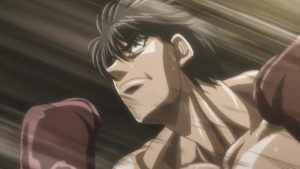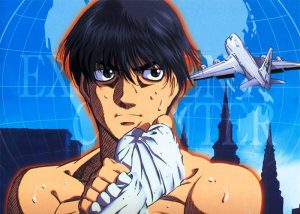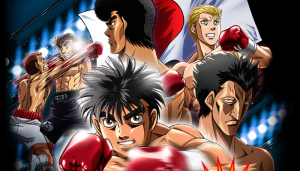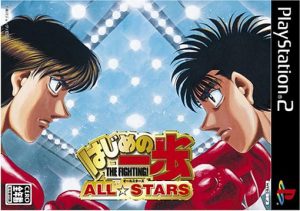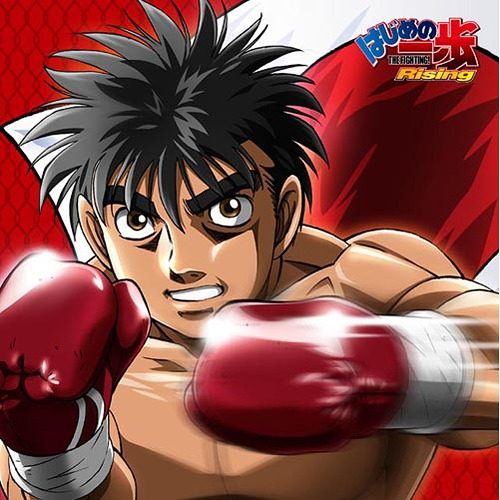
For the past 30 years, Hajime no Ippo has been in publication in Shounen Magazine! Throughout its run, it has received a number of anime adaptations and whatever you may have seen so far, only covers just LESS THAN HALF of the original manga! So, for this Anime Vs. Manga, we’ll explore one of sports’ best titles, Hajime no Ippo.
Mike Tyson
For the first anime, an overwhelming percentage of it remains faithful to the manga. However, the beginning of the anime series changes how Takamura inspires Ippo to take up boxing. In the anime, Takamura just gives Ippo generic boxing videos to get his spirits up. In the manga, Takamura tells Ippo the story of how Mike Tyson, the heavyweight champion during the debut of the original manga, was once bullied. Instead of generic boxing videos, Takamura lends Ippo videos of Tyson’s fights. Most of Ippo’s motivation to take up boxing in the manga is because if someone like Tyson was once bullied, then Ippo can overcome his adversities, too.
Due to the anime premiering 11 years after the manga’s debut (along with Tyson’s reputation), it is understandable that they had to remove Tyson in that aspect. But what is kept faithful in context to him is that after Ippo’s debut match, he is taught to use Tyson’s peek-a-boo stance. As to how Ippo developed his Dempsey Roll in the manga, a lot of the inspiration came from him reviewing Mike Tyson tapes as well.
Keeping Up With the Times
As just stated, Hajime no Ippo didn’t have an anime until 11 years after the manga debuted, so there were some minor changes to keep up with the times. If you recall in the anime when Sendo is first introduced, the kids want him to buy a PlayStation 2 with his prize money. In the manga, the kids wanted him to buy a Super Famicom. This notable difference is once again highlighted in the Sanada special. When Sanada plays a video game with his coach’s daughter, they’re playing on an Xxox, but in the original manga, they’re playing on a Sega Saturn.
Other Omissions and Changes
One significant removal from the first season is something everyone can agree on. In Ippo’s third fight, he faces Jason Ozuma, an African American airman stationed out of Aomori. The Japanese version goes out of its way to emphasize that he’s African American and that boxing is dominated by them. The manga takes it a step further with Aoki, one of Ippo’s sparring partners, as he paints himself in black face and speaks in Engrish just to help Ippo not be afraid of African American boxers. Thankfully, we don’t have to see this in the anime.
Most of the significant removals and changes happen after the end of the first season. In the Sanada special, where Ippo defends his title for the first time, Sanada’s introduction is entirely different in both versions. In the anime, he’s in attendance when he sees Ippo wins the national 126 pound belt, and they don’t meet for the first time until the weigh-ins. The anime does emphasize that Sanada was a national champion at a lower weight class, but the manga demonstrates this better. What’s omitted in the anime is that for the vacated 122 pound national title, Kobashi and Hayami, two former opponents of Ippo, actually fight for it and Kobashi comes out on top (this fight isn’t seen in the anime). Shortly after the fight, Ippo meets Sanada for the first time right outside Kourakuen Hall.
Out of Order
As many familiar with the anime know, the Ippo Vs. Sanada fight was released prior to the Kimura Vs. Mashiba OVA. In the manga, they take place in reverse. What is also told out of order is the story of Kamogawa’s and Nekota’s youth just a few years after World War II. While this story is told after Takamura’s fight with Eagle in the anime, it’s told after the fight with Hawk in the manga. It makes perfect sense to tell this story after the Hawk fight because Anderson, an American soldier who Kamogawa fights, shares many parallels with Hawk, and both Anderson and Hawk are trained by Miguel Zale.
In the third season, the audience gets to see Aoki get his shot at the national title of his weight class. In this fight, he develops a new unorthodox technique, the look away (it’s a rather silly technique). What’s confusing is how the anime omits how he created the technique while the manga actually has a simple and funny story how he created it by accident. Without telling how he created it, there’s no context as to why he uses it.
Final Thoughts (Sawabe-sensei and Sawamura)
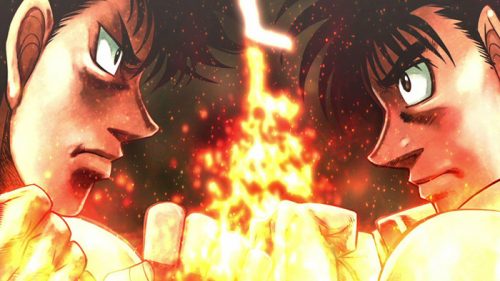
Last, the most disappointing change between the manga and anime is Sawamura’s relationship with Sendo, and how it extends to Sawamura’s relationship with his old junior high teacher, Sawabe-sensei. If you read the manga, you’ll see how Sawamura and Sendo’s rivalry actually goes back to their high school days and before they could get into a fight, Sawabe-sensei stopped them. After Sawamura’s fight with Ippo, Sendo actually tells him why his former teacher he still cares about him. In the manga, Sendo tells Sawamura that Sawabe-sensei also grew up in foster care just like he did and due to having similar life experiences, he should learn to appreciate his teacher.
Other than that, all we can say is with the manga still going on, we just got to end by saying WE DEMAND MORE HAJIME NO IPPO ANIME!!!
Recommended Post
The Sport of Boxing as Seen in Hajime no Ippo
Recommended Post
[Honey’s Crush Wednesday] Miyata Ichiro from Hajime no Ippo
Recommended Post
6 Manga Like Hajime no Ippo [Recommendations]
Recommended Post
[Throwback Thursday] Top 10 Strongest Hajime no Ippo Characters
Recommended Post


